Asia Minor Greeks

Asia Minor Greeks (Greek: Μικρασιάτες - Mikrasiates), or Anatolian Greeks are the people who lived in Asia Minor from 1200s BC as a result of Greek colonization until the forceful population exchange between Greece and Turkey in 1923 - some indigenous Greek communities still survive to the present day.
Asia Minor was also known by its Greek name, Anatolia (Greek: "Ἀνατολή"), meaning "the East" referring to the direction where the sun rises.
The name, Asia Minor (Greek Mikra Asia: Little Asia) was first coined by Paulus Orosius (375/385 – 420 AD), a Roman priest, historian and theologian in his Seven Books of History Against the Pagans in 400 AD to differentiate Asia from the region (Asia Minor) which had been evangelized by Saint Paul.
The influence of Asia Minor Greeks was immense with some of the most famous people, places, and events in ancient and medieval history manifesting in a great civilization that was glorious and Christian - many treasures of Greek culture still lie beneath and above its soil.
Anatolian Asia Minor
Anatolian Asia Minor was filled with many wonderful Greek cities like Ephesus, Miletus, Harlicarnassus, Priene, Pergamon, Phocaea, Nicaea, Smyrna and Byzantium (later to become famous as Constantinople, capital of the Byzantine Empire) to name just a few that were centers of Greek and Christian culture and where art, literature, philosophy and all that was beautiful flourished.
Biblical Asia Minor
Biblical Asia Minor was the place where the first Gentile, Christian churches were first founded, where the Disciples of Jesus Christ were first called Christian and from where Saint Paul started his three missionary journeys to spread the Christian faith after the Great Commission - instruction of the Resurrected Jesus Christ to His Apostles to spread the Gospel to all the nations of the world.
Antioch was the ancient city where the first Gentile, Christian church was founded.
Here, you will find the Seven Churches of Revelation - Ephesus, Smyrna, Pergamum, Thyatira, Sardis, Philadelphia and Laodicea.
The first and most important Orthodox Christian Byzantine Empire was located in Asia Minor.
Asia Minor Greeks
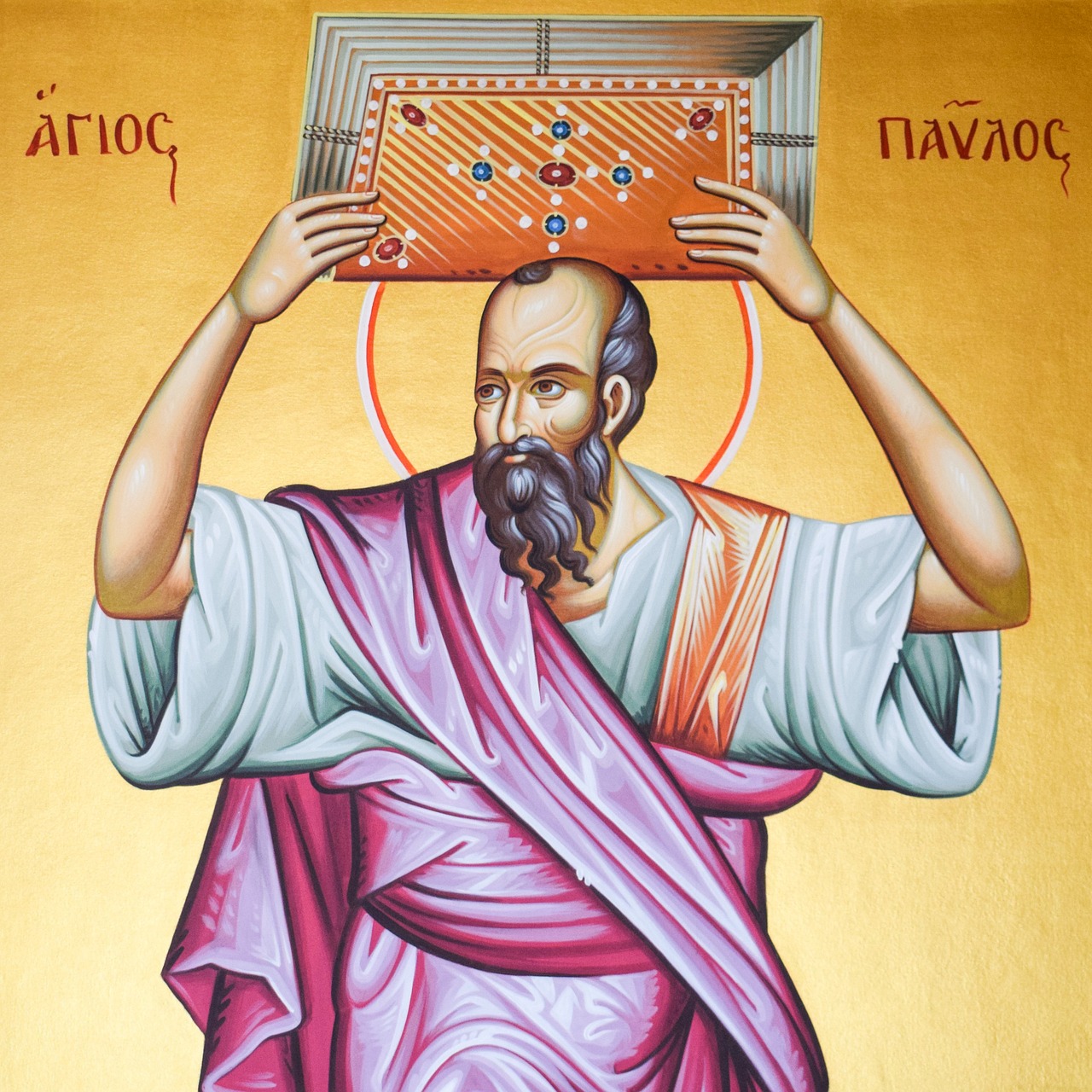
Asia Minor was the site of two of the Seven Wonders of the Ancient World:
1. Temple of Artemis at Ephesus (Ionia) - the first to be built entirely of marble and one of the largest Greek temples measuring some 377 feet (114.91m) in length and 180 feet (54.864m) wide.
2. Mausoleum at Halicarnassus) (Greek: Μαυσωλεῖον τῆς Ἁλικαρνασσοῦ) - tomb built between 353 and 350 BC and designed by the Greek architects Satyros and Pythius of Priene with a height of approximately 45 m (148 ft).
The four sides were adorned with sculptural reliefs created by four Greek sculptors: Leochares, Bryaxis, Scopas of Paros, and Timotheus.
The Mausoleum also contained 400 freestanding sculptures and was one of the Seven Wonders of the Ancient World.
*Miletus in Ionia
Miletus was the city where the first western philosopher Thales (585 BC), and his followers Anaximander (610 -546 BC) and Anaximenes (546 BC), sought the First Cause of existence to all things through scientific inquiry and method.
Asia Minor Greeks
*Herodotus
Herodotus, the Father of History (Greek: Ἡρόδοτος - 484 – 425 BC) from Halicarnassus ( Greek: Ἁλῐκαρνᾱσσός) wrote the Histories of the Greco-Persian Wars covering the lives of prominent kings and famous battles such as Marathon, Thermopylae, Artemisium, Salamis, Plataea and Mycale.
*Pythagoras of Samos
Pythagoras (Greek: Πυθαγόρας - 570 – 495 BC) an Ionian Greek philosopher, polymath and the eponymous founder of Pythagoreanism.
His political and religious teachings were well known in Magna Graecia (Southern Italy and Sicily) and influenced the philosophies of Plato, Aristotle, and through them, western thought.
His famous Pythagorean Theorem is the mathematical formula which states that the square of the hypotenuse of a right triangle is equal to the sum of the squares on the other two sides.
*Saint Paul
Saint Paul, Apostle to the Gentiles (non-Jew), a Jew, was born in the city of Tarsus, Asia Minor is regarded as one of the most important figures in the Apostolic Age (33 AD to 100 AD).
He made three missionary journeys to spread the Christian faith to non-Jewish communities in Asia Minor, the Greek provinces of Achaia, Macedonia, and Cyprus, as well as Judea and Syria.
*Library of Pergamon
The Library of Pergamon (Greek: Βιβλιοθήκη του Πέργαμον) founded in the 3rd century BC during the Hellenistic Age was second only to the great Library of Alexandria in Egypt - it had a collection of over 200,000 books.
*Mount Ararat
Mount Ararat is said to be the final resting place of Noah's Ark following a 150-day flood about 5,000 years ago (Genesis 8:1)
*Asia Minor was the birthplace of many Orthodox, Christian Saints which included Saint Timothy, Saint George, Saint Basil, Saint Nicholas and Saint Helene (mother of the Roman emperor, Constantine the Great.
*Saint Nicholas
Saint Nicholas, of Myra in southern Asia Minor was a Greek Orthodox Bishop in the 4th century AD and symbolic gift-bearing figure commonly identified with Father Christmas (Santa Claus) became known throughout the land for his generosity and his love for children.
Saint Nicholas of Myra was born in the ancient Lycian seaport city of Patara, Asia Minor, about 270 AD during Roman rule.
In language, culture and outlook however, Patara, was Greek - it was colonized by people from the island of Crete.
In antiquity, it was noted for its temple and oracle of Apollo, second only to that of Delphi, an important ancient Greek religious sanctuary to the god Apollo, on Mt. Parnassus near the Gulf of Corinth.
Born to wealthy parents who raised him to be a devout Christian, they died in an epidemic while Nicholas was still young and left him a fortune.
Nicholas dedicated his life to serving God and used his inheritance to assist the needy, the sick and the suffering.
*Nicene Creed
The Nicene Creed (Greek: Σύμβολον τῆς Νικαίας), also called the Creed of Constantinople is the belief of mainstream Christianity and in those Christian denominations that adhere to it.
The original Nicene Creed was first adopted at the First Council of Nicaea in 325 for the purpose of having one coherent way for all Christian people to profess their faith in God.
Nicene Christianity regards Jesus as Divine and "begotten of the Father".
The 381 revised Creed at Constantinople speaks of the Holy Spirit as worshipped and glorified with the Father and the Son.
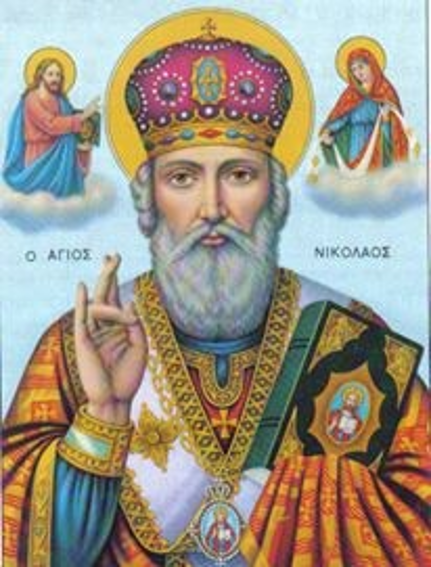
Ancient Greek Colonisation
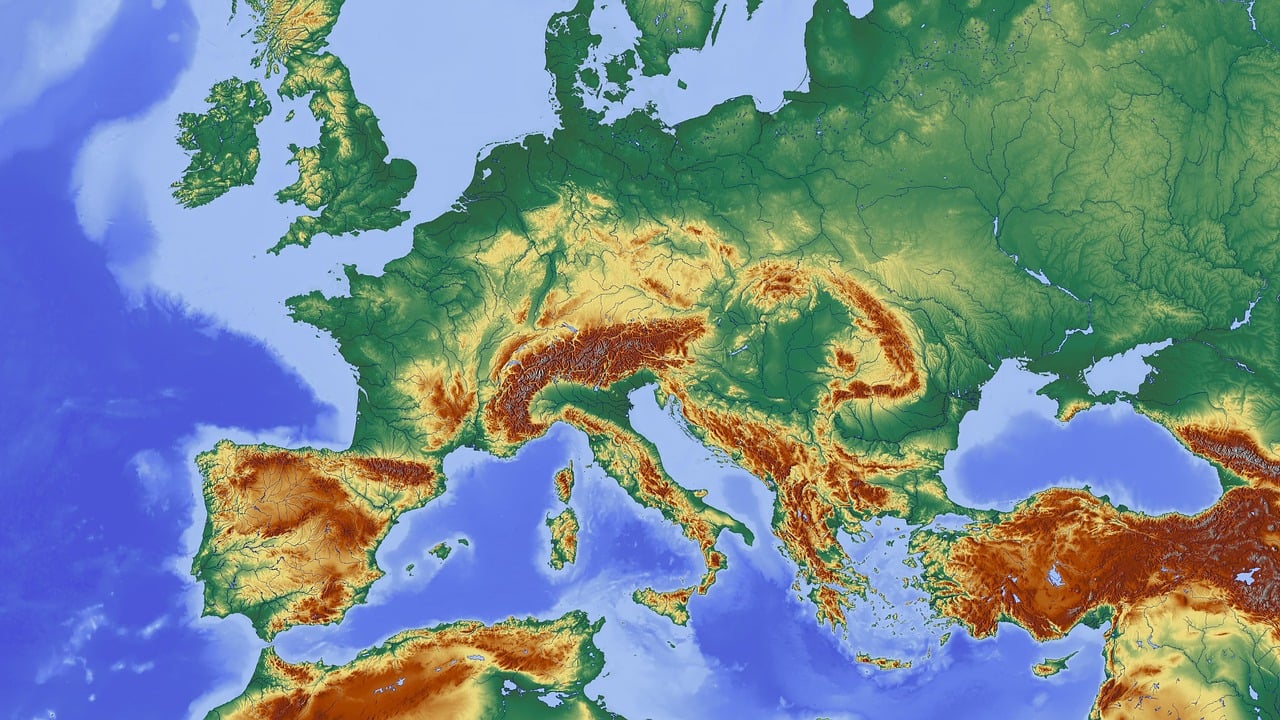
Asia Minor Greeks
The ancient Greeks were sailors and explorers, settling regions around the Mediterranean Sea.
Colonization by Archaic Greeks during the 8th to 6th centuries BC across the Mediterranean Sea and the Black Sea consisted of first, choosing an individual (the oikistes - Greek: οἰκιστής) by a Greek polis (the metropolis) as the leader of a new colonization effort who then had the power of selecting a settling place and guiding the colony through its early years.
Greeks founded two similar types of colony:
1. The apoikía (ἀποικία from ἀπό apó “away from” + οἶκος oîkos “home”) as an independent city-state.
Many "home away from home" colonies were founded that eventually evolved into strong Greek city-states, functioning independently of their metropolis.
2. The emporion (ἐμπόριov), a trading colony played an important role as the furthest outposts.
Greek colonies all across the Mediterranean and Aegean Sea established trade relations with foreign countries to further the wealth of their metropolis and to gain access to valuable raw materials.
Greek goods, such as pottery, bronze, silver and gold vessels, olive oil, wine, and textiles were exchanged for luxury items and exotic raw materials that were in turn worked by Greek craftsmen.
By the 7th and 6th centuries BC, Greek colonies and settlements stretched all the way from western Asia Minor to southern Italy, Sicily, North Africa, and to the coasts of southern France and Spain.
Ancient Greek colonies of the Archaic and Classical eras were sovereign and self-governing but, generally, the bonds between their metropolis remained close.
Hellenistic, Roman, Carthaginian, and Han Chinese colonies were used for trade, expansion and empire-building.
Ionia
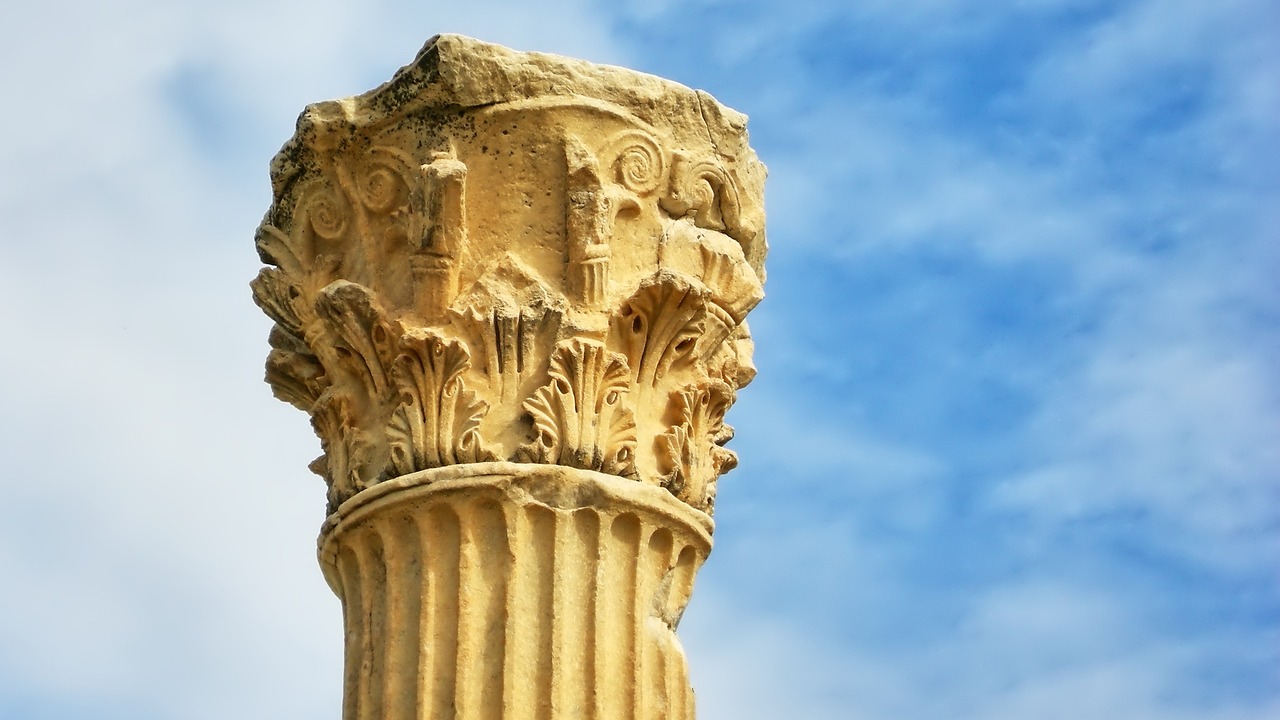
Asia Minor Greeks
Ionia was an ancient region on the western coast of Anatolia that was settled by the Greeks during the 11th century BC.
There were twelve Ionian cities that formed the Ionian League that formed a religious and cultural confederacy and shared a sanctuary and festival to Poseidon Helikonios at Panionion (Greek: Πανιώνιον, Paniōnion) that was their meeting place.
These twelve cities were: Miletus, Myus, Priene, Ephesus, Colophon, Lebedos, Teos, Erythrae, Clazomenae and Phocaea, together with the islands of Samos and Chios.
Smyrna, originally an Aeolic colony, was afterwards occupied by Ionians from Colophon, and became an Ionian city.
The most important city was Miletus.
During the Archaic period, "these Ionian poleis were among the cultural, intellectual, and political leaders of the Greek world."
The Ionian school of philosophy, centered on 6th century BC Miletus that researched and studied non-supernatural explanations for natural phenomena and rational explanations of the universe, thereby laying the foundation for scientific and rational thought in Western philosophy.
Miletus
Miletus (Greek: Μῑ́λητος) was an ancient Greek seaport city on the western coast of Anatolia and the ancient capital of Ionia, about 36 miles south of Ephesus.
First founded as a trading post by colonists from the Cretan city of Milatos sometime before 1400 BC, it became the greatest and wealthiest Greek metropolis that founded more than 60 other colonies encompassing the shores of the Black Sea in the east, the Iberian Peninsula in the west, Magna Graecia (southern Italy) and several colonies on the Libyan coast of northern Africa from the late 9th to the 5th century BC.
During the 6th century BC, Miletus was an important center of philosophy and science, producing thinkers such as Thales, Anaximander and Anaximenes - "the legacy of the Milesians".
Asia Minor Greeks
Thales of Miletus
Thales of Miletus (Greek: Θαλῆς - 626/623 – 548/545 BC) was an Ancient Greek pre-Socratic philosopher who was one of the Seven Sages (Seven Wise Men) who were considered founding figures of Ancient Greece - Seven Sages was the title given to those who were renowned for their wisdom.
Thales introduced the theoretical and practical use of geometry to Greece, and was the first person in the western world to apply deductive reasoning to geometry, making him the West's "first mathematician."
He is also regarded as the first philosopher in the Greek tradition to break from the prior use of mythology to explain the world and instead using natural philosophy.
Hippodamus of Miletus
Hippodamus of Miletus (Greek: Ἱππόδαμος ὁ Μιλήσιος - 480–408 BC) was an ancient Greek pioneer architect, urban planner, physician, mathematician, meteorologist and philosopher.
He is considered to be "the father of European urban planning" - his plans of Greek cities were characterised by order and regularity.
His "Hippodamian Plan" of city consisted of a layout of streets intersecting at right angles, forming a grid of uniform rectangular or square plots that facilitated navigation and land division but also enhanced civic administration and urban development.
Hippodamus laid out the Piraeus (the port of Athens) for Pericles with wide streets radiating from the central Agora, which was generally called the Hippodameia (Ἱπποδάμεια) in his honor.
He built the re-founded city of Rhodes in the form of a theater.
Ephesus
Ephesus (Greek: Ἔφεσος) was an ancient port city on the coast of Ionia that was founded in the 10th century BC by Attic and Ionian Greek colonists.
During the Classical Greek era, it was one of twelve cities that were members of the Ionian League and was one of the largest and most important cities in the ancient Greek world.
Ephesus was the most important trading center in the Mediterranean region.
Its famous Temple of Artemis (550 BC) was designated as one of the Seven Wonders of the Ancient World.
Ephesus was a recipient city of one of the Pauline Epistles in 60-61 AD and was also one of the Seven Churches of Asia addressed in the Book of Revelation.
The Gospel of John was written here about 100 AD and it was the site of several 5th-century Christian Council of bishop meetings in 431 AD.
Asia Minor Greeks
Saint Timothy of Ephesus
Saint Timothy or Timothy of Ephesus (Greek: Τιμόθεος; Timótheos, meaning "honoring God") was an early Christian evangelist and the first Christian bishop of Ephesus.
Saint Timothy became St Paul's disciple, and later his constant companion and co-worker in preaching - Saint Timothy had the gift of teaching.
His name appears as the co-author on 2 Corinthians, Philippians, Colossians, 1 Thessalonians, 2 Thessalonians, and Philemon.
Along with Saint Paul and Saint Silas he helped found churches in Corinth, Thessalonica and Philippi in Greece.
In 97 AD, the 80-year-old bishop Timothy was martyred when he tried to halt a procession in honor of the Roman goddess Diana by preaching the Gospel.
Pagans beat him, dragged him through the streets and stoned him to death.
Aeolia

Asia Minor Greeks
Aeolia (Greek: Αἰολία) comprised the west and northwestern region of Asia Minor along the coast as well as several offshore islands (particularly Lesbos).
Aeolians, migrated from Greece to the Asia Minor region before 1000 BC and by the 8th century BC they built twelve cities that formed a league (a Dodecapolis): Cyme (also called Phriconis), Larissa, Neonteichos, Temnus, Cilla, Notion, Aegiroessa, Pitane, Aegae, Myrina, Gryneion, and Smyrna.
The most celebrated of the cities was Smyrna but in 699 BC, it became part of an Ionian confederacy.
Hesiod
Hesiod (Greek: Ἡσίοδος) was an ancient Greek poet who was born in Cyme and was active between 750 and 650 BC, around the same time as Homer.
Ancient authors credited Hesiod and Homer with establishing Greek religious customs - modern scholars refer to him as a major source on Greek mythology, farming techniques, early economic thought, Archaic Greek astronomy, cosmology, and ancient time-keeping.
Hesiod is known for writing epic poems such as Theogony, Works and Days and the Shield of Heracles.
He was also the first didactic poet, as well as the first to write a continuous narrative of Greek mythology.
Smyrna
Smyrna (Greek: Σμύρνη) was an ancient Greek city located at a strategic point on the Aegean coast in western Anatolia that became one of the most illustrious of all ancient and Hellenistic-era Greek cities - its name means myrrh.
The city was first founded around the 11th century BC as an Aeolian settlement.
From the 8th century BC, the city rose to power and splendor by the Ionians with a magnificent temple dedicated to the goddess Athena - it was an elegant, cosmopolitan city and one of the wealthiest of ancient Greek cities.
Asia Minor Greeks
Homer
Smyrna was the birthplace of the epic poet Homer who was the world's first great writer of the first two greatest epics in world literature, the Iliad and the Odyssey.
Saint Ignatius of Antioch
Saint Ignatius of Antioch visited Smyrna and later wrote letters to its famous Greek bishop and Apostolic Father, Polycarp who was the leading 2nd-century Christian figure during the early theological literature writings of Christianity.
Bishop Polycarp was cruelly martyred by being burned at the stake and pierced with a spear at the age of 86 for refusing to renounce Jesus Christ and to burn incense to the Roman emperor.
Smyrna was one of the Seven Churches of Asia, mentioned by Apostle John in the Book of Revelation at Patmos.
The Metropolis of Smyrna (Greek: Μητρόπολη Σμύρνης) is an ecclesiastical territory (diocese) of the Ecumenical Patriarchate of Constantinople (now modern Turkey) - although the Orthodox Christian community was reduced during the 14th and 15th centuries, it retained its ecclesiastical autonomy until 1922.
Smyrna continued to be a commercial and cultural hub until that fateful day on September 13 to 17 of 1922 when the Greek presence was ended, and much of their historical legacy in Asia Minor was erased by the Turks.
Cappadocian Greeks
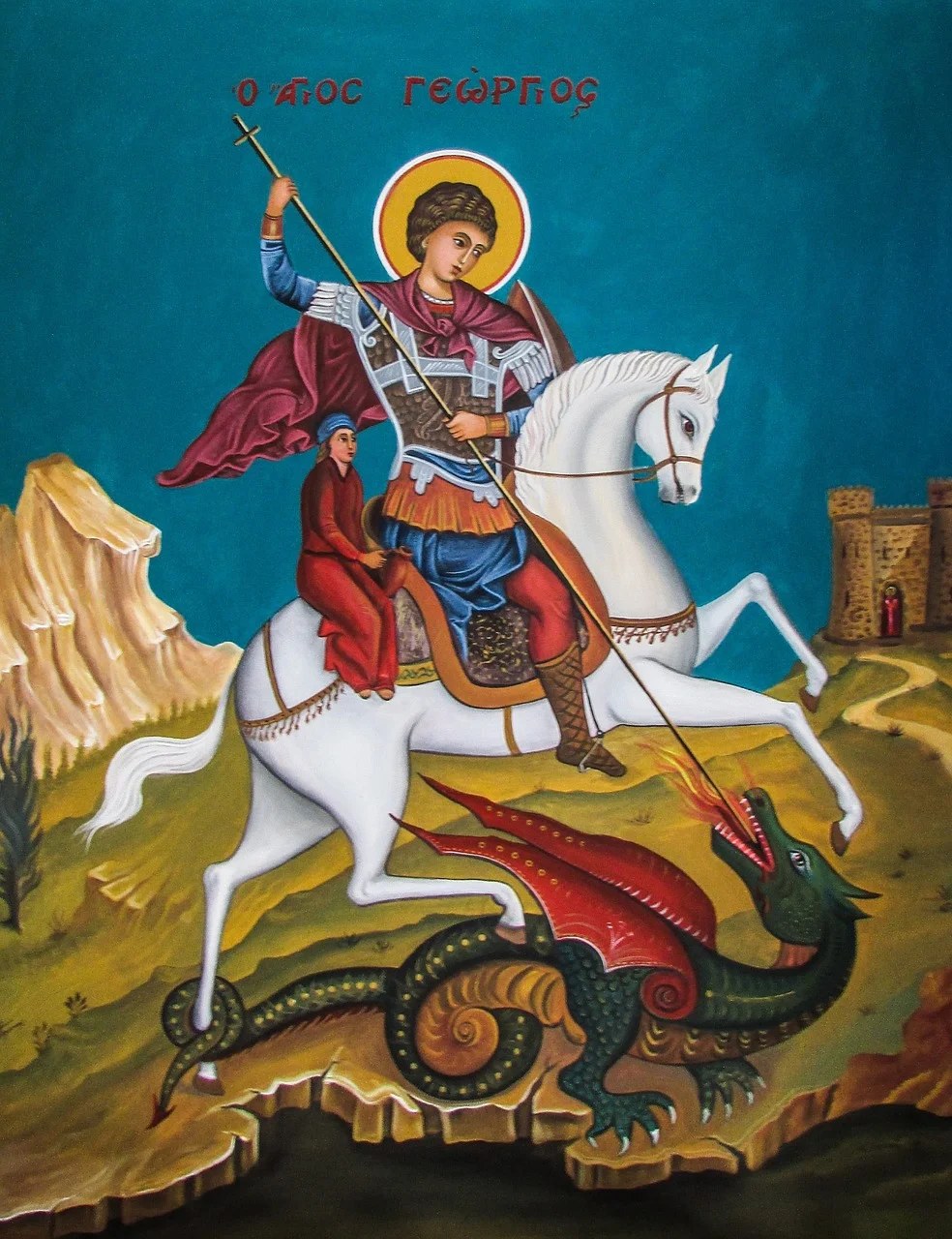
Asia Minor Greeks
Cappadocian Greeks (Greek: Έλληνες-Καππαδόκες) have been native to the geographical region of Cappadocia in central-eastern Anatolia since antiquity.
Mycenaean Greeks set up trading posts around 1300 BC and soon started colonizing the coasts.
During Alexander the Great's Hellenistic era more Greek settlers began arriving throughout the 3rd and 2nd centuries BC.
Aretaeus of Cappadocia
Aretaeus of Cappadocia (Greek: Ἀρεταῖος) is one of the most celebrated of the ancient Greek physicians.
Aretaeus wrote in Ionic Greek his eight treatises on diseases with great detail of symptoms and the diagnostic character of diseases which are still extant - they are among the most important works ever written.
He is credited with the first accurate description of asthma, as we know it today.
Saint Paul established the first Christian colony in Cappadocia with his followers in the 1st century AD.
Cappadocian Greeks were so thoroughly devout to Christianity that the region served as a stronghold for Christian Monasticism which had immense significance on early Christianity.
Cappadocian Bishops were also, among those at the First Council of Nicaea.
In the Middle Ages, Byzantine rock-cut churches were carved out of the volcanic formations of eastern Cappadocia and decorated with Orthodox painted icons, Greek writing and religious frescos.
Houses and churches carved into the caves and rocks turned the region into a refuge for Christians escaping from the wrath of the pre-Constaninian Roman Empire.
Christians continued to use the network of caves to protect themselves from Muslims during the Arab-Byzantine Wars between 780 and 1180.
Over 700 of these Orthodox churches and monasteries have been discovered dating from the period between the 6th century to the 13th century - their beautiful frescos are unique examples of Byzantine artistic achievement from this period.
Asia Minor Greeks
Saint George
Saint George (Greek: Γεώργιος - died 23 April 303) was a Cappadocian Greek and an early Christian martyr who is venerated as a Saint in Christianity.
He was a soldier in the Roman army as a member of the Praetorian Guard for the emperor Diocletian who sentenced him to death for refusing to recant his Christian faith
and for rejected to make a sacrifice in honor of the Roman, pagan gods during the pre-Constantinian persecutions of the 3rd or early 4th century.
He became one of the most venerated saints and heroes in Christianity.
Saint George has been especially venerated as a military Saint since the Crusades to reclaim the Holy Land and to recapture territories that had formerly been Christian.
Cappadocian Fathers
The Cappadocian Fathers were three Byzantine Christian prelates, theologians and monks who helped shape both early Christianity and the Monastic tradition - they are highly respected as Saints in both Eastern and Western churches.
Saint Basil the Great
Saint Basil the Great (330–379) was Bishop of Caesarea (Greek: Ἅγιος Βασίλειος ὁ Μέγας) - he cared for the poor and underprivileged and established guidelines for Monastic life, liturgical prayer and manual labor.
He studied in Caesaria and Constantinople in Asia Minor as well as Athens and was ordained a priest in 370 AD.
Saint Basil contributed greatly to the establishment and order of the Liturgy that stemmed from his practical concerns as monk, pastor, and church leader.
He wrote numerous prayers, sermons, epistles and rules for monastic life as well as commentaries on Sacred Scripture and the treatise of the Holy Spirit.
Saint Gregory of Nyssa
Basil's younger brother Saint Gregory of Nyssa (335 – 395) was Bishop of Nyssa - he had a remarkable balanced synthesis of Hellenic (Greek) and Christian traditions.
The Nicene Creed, which evolved through the ecumenical councils of Nicea and Constantinople was influenced by his writings.
Saint Gregory of Nazianzus
Their close friend, Saint Gregory of Nazianzus (329–389), became Patriarch of Constantinople - he is a Saint in both Eastern and Western Christianity and is revered as one of the Three Holy Hierarchs, along with Basil the Great and John Chrysostom.
He infused Hellenism into the early church and established the standard of Byzantine theologians and church officials.
It was the Cappadocian fathers who defined the Holy Spirit as understood today in Christian Doctrine.
They advanced the Doctrine of the Trinity at the First Council of Constantinople in 381 and the final version of the Nicene Creed - and they made responses to Arianism and Apollinarianism.
Their collective theological endeavors established the foundations of Orthodox Christian Trinitarian theology.
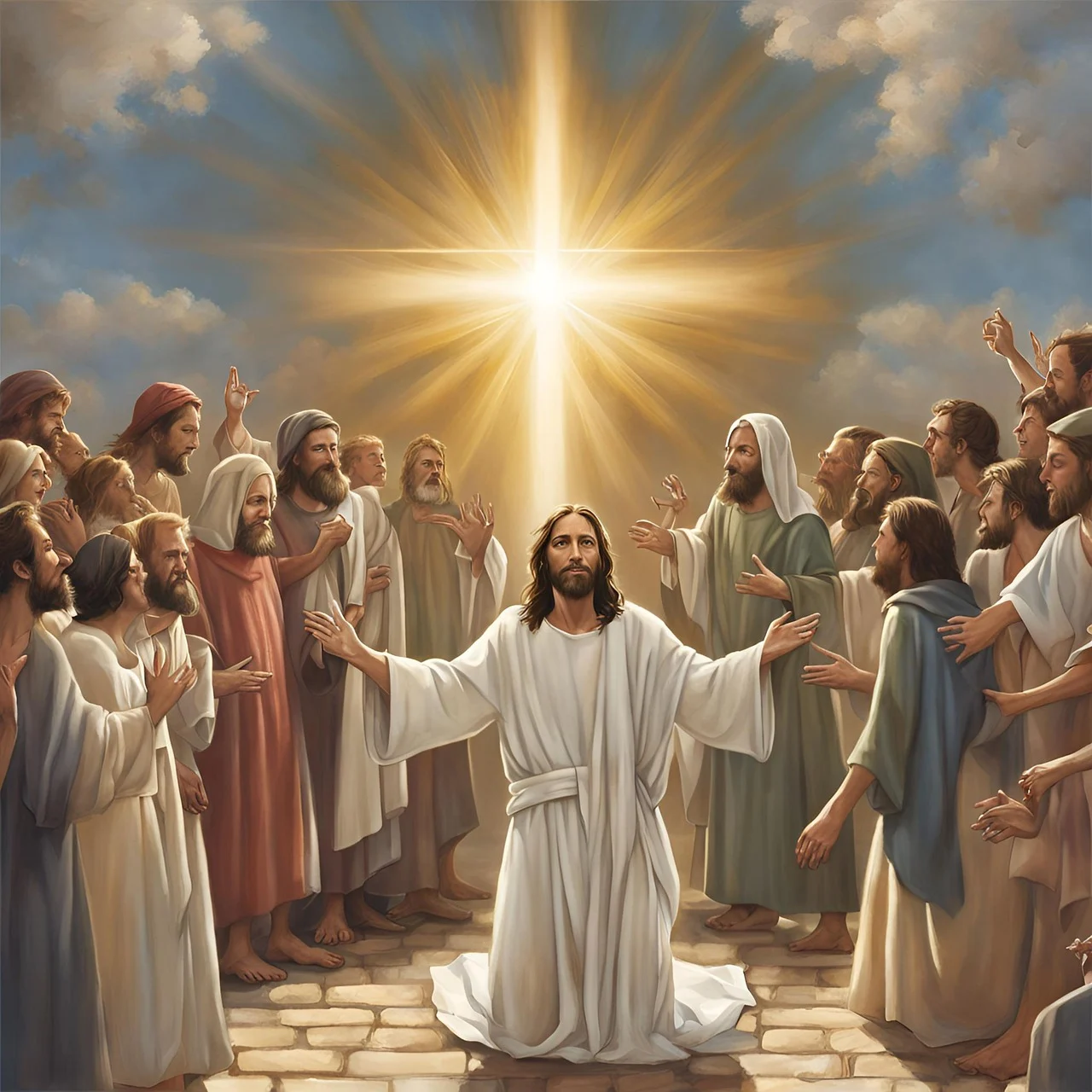
Pontic Greeks
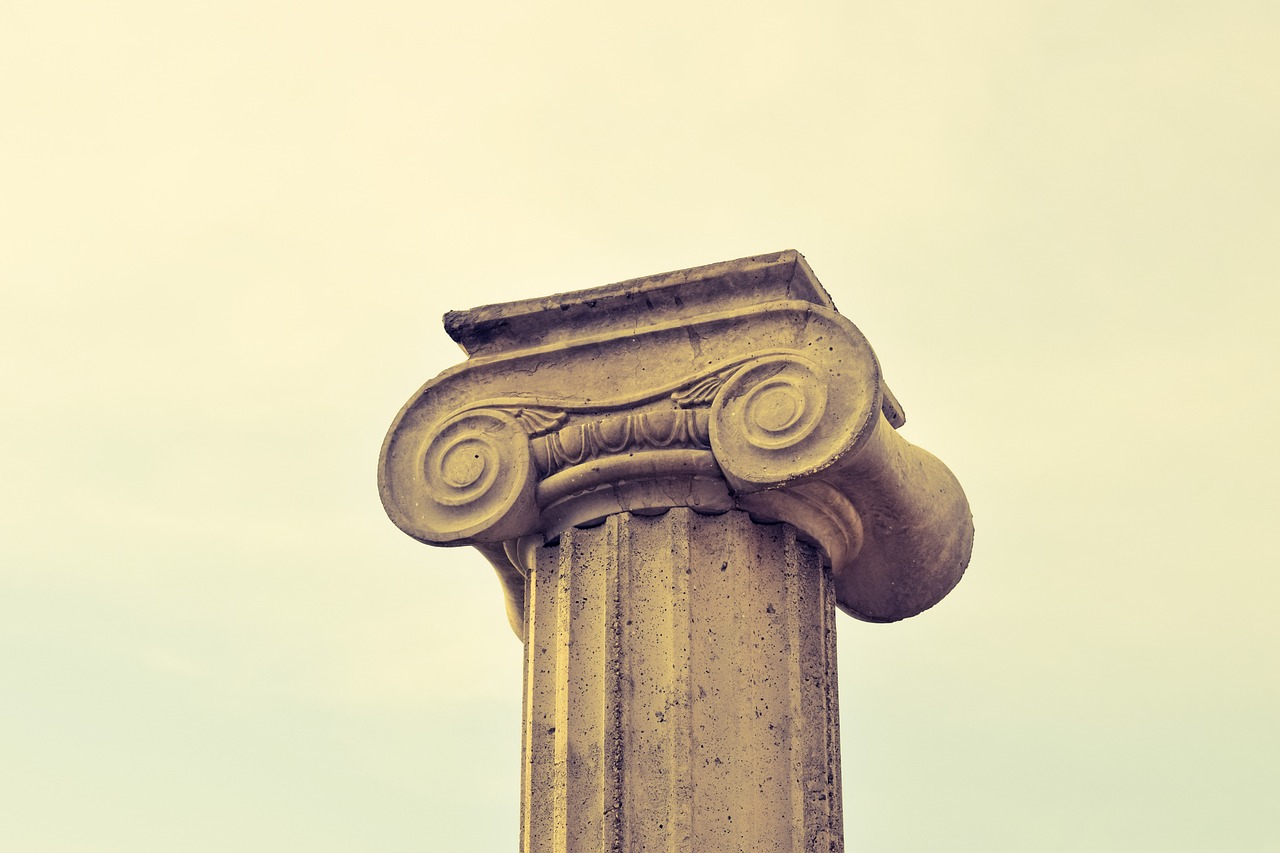
Asia Minor Greeks
Pontic Greeks (Greek: Πόντιοι or Ελληνοπόντιοι: Ellinopóndii) are an ethnic Greek group who lived in the region of Pontus, on the shores of the Black Sea and in the Pontic Mountains of northeastern Anatolia.
Greeks had moved from the Ionian cities located in the islands and shores of the Aegean Sea, to colonize Sinope (Greek: Σινώπη) on the Black Sea about 800 BC by settlers who were merchants.
Other early Greek colonies in the region of Pontus included Trapezus, and Amisos - they continued to expand between the Archaic and Classical periods.
Their common Pontic Greek culture is distinguished by its music, dances, cusine and clothing remain important to Pontian diaspora communities.
Strabo
Strabo (Greek: Στράβων - 64 or 63 BC – 24 AD) was a Greek geographer, philosopher and historian who was born in Amaseia, Pontus in Asia Minor.
He is known for his work Geographica ("Geography"), which presented a descriptive history of people and places from different regions of the world known during the Greco-Roman period.
He was the first scholar to be named as a professor of Geography - his Geographica (Greek: Γεωγραφικά), or Geography, written in Greek, is an encyclopedia of geographical knowledge, consisting of 17 "books".
Alexander the Great
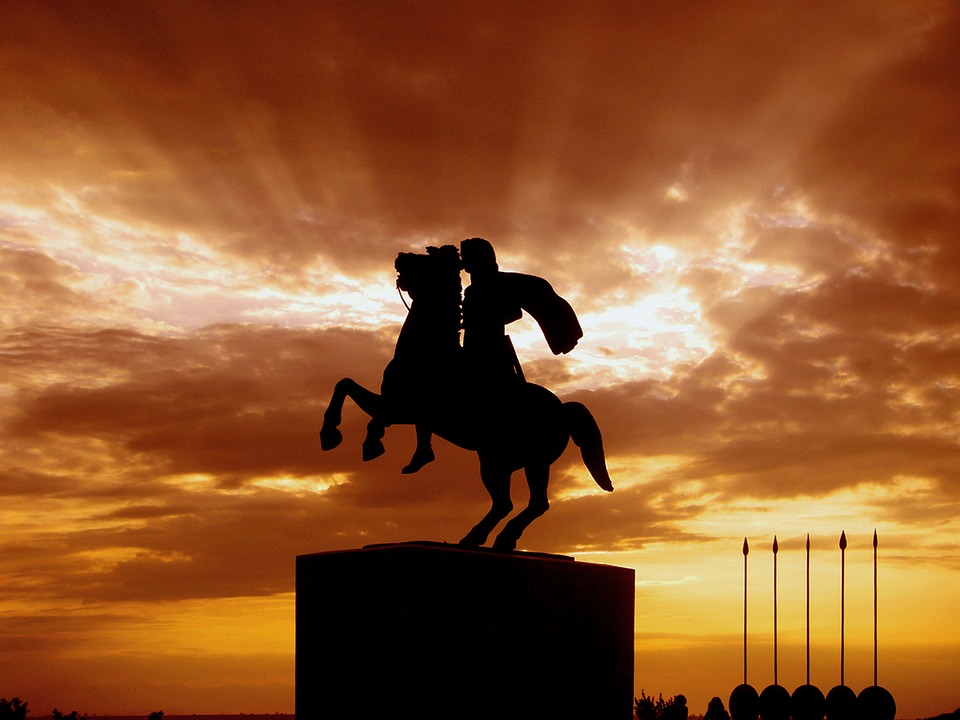
Asia Minor Greeks
Alexander III of Macedon (Greek: Ἀλέξανδρος - 20/21 July 356 BC – 10/11 June 323 BC) and commonly known as Alexander the Great, was a king of the ancient Greek kingdom of Macedon who succeeded his father King Philip of Macedon (Greek: Φίλιππος Philippos - 382 BC – 336 BC) on his assassination in 336 BC.
Alexander invaded Asia Minor as a crusader for Pan-Hellenism in 335 BC with a combined land and naval force, and by 333 BC had effectively ended the Achaemenid Empire by 330 BC and thus fulfilled his father's ambition of liberating the Greeks of tyrants and oligarchs in Asia Minor.
He devoted the rest of his life to military conquests and colonizing the lands he captured with Greek settlers and spreading the Greek language and culture until his death in 323 BC - the ascendancy of Greek, and by extension European culture was to leave a lasting legacy.
Roman Empire
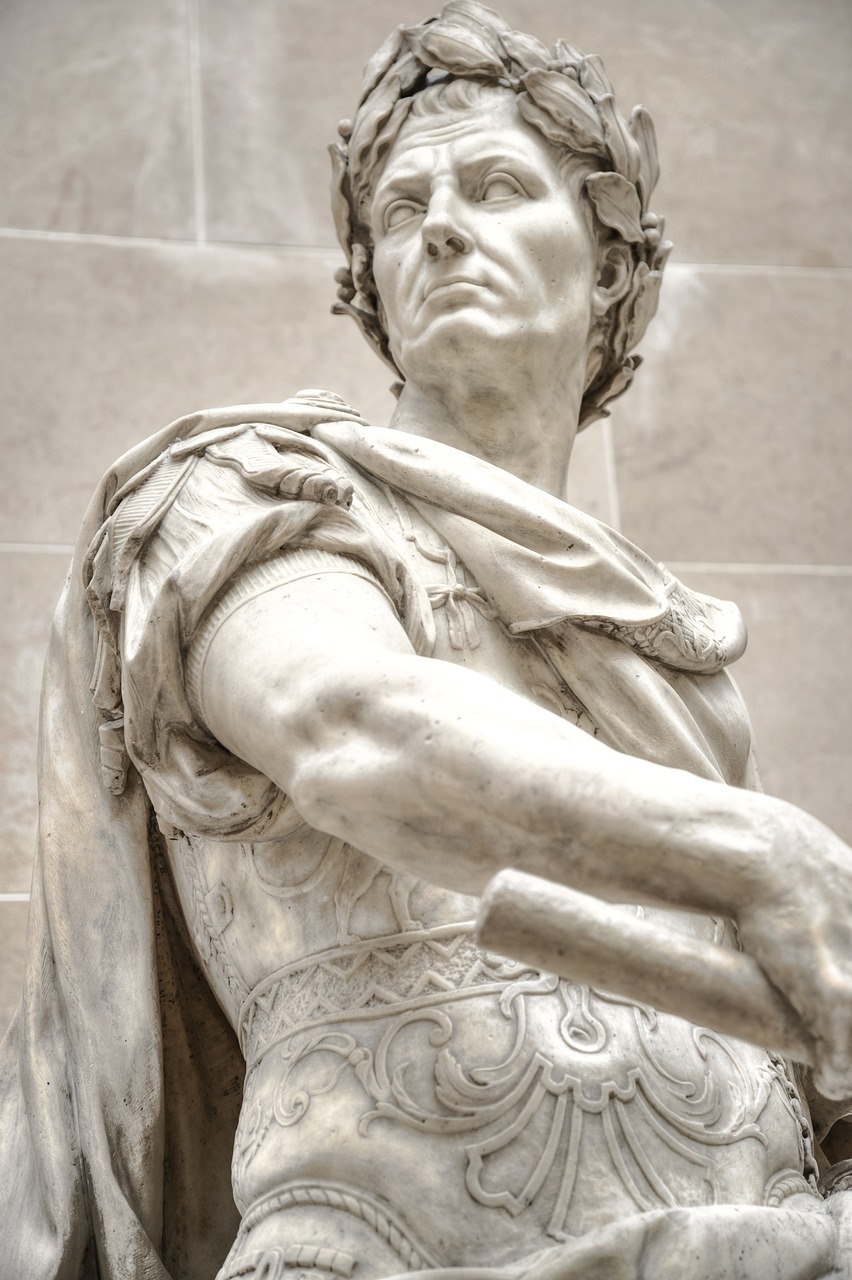
Asia Minor Greeks
By 146 BC Romans had conquered the Greek city-states and after 133 BC, they steadily conquered or annexed the cities of Asia Minor.
Both mainland Greece and its colonies in Asia Minor were economically prosperous regions and vital to the Roman Empire's expansion and wealth-building.
The eastern provinces were home to major trade routes which would connect the Roman Empire to the Far East.
An important legacy of the Roman emperor, Heraclius manifested when, in the early 7th century AD, he changed the empire's official language from Latin to Greek because the eastern half of the Mediterranean has always been Greek and heir to the Hellenistic civilization which had been developing independently and growing in wealth, strength and splendor.
As heir of Hellenic antiquity, a golden age emerged in the eastern realm by a cultural renaissance of Greek literature, Byzantine art and architecture with the Hagia Sophia, built in 532-37 AD being the greatest surviving example.
Monasticism guided the course of theology, the veneration of icons and the religious practices of the Byzantines.
The most significant defining characteristic of the Byzantine Empire was that Constantinople fostered the Eastern, Orthodox faith as Rome assumed pre-eminence in the West that ultimately brought a religious schism culminating in a complete break in 1054.
Byzantine Empire
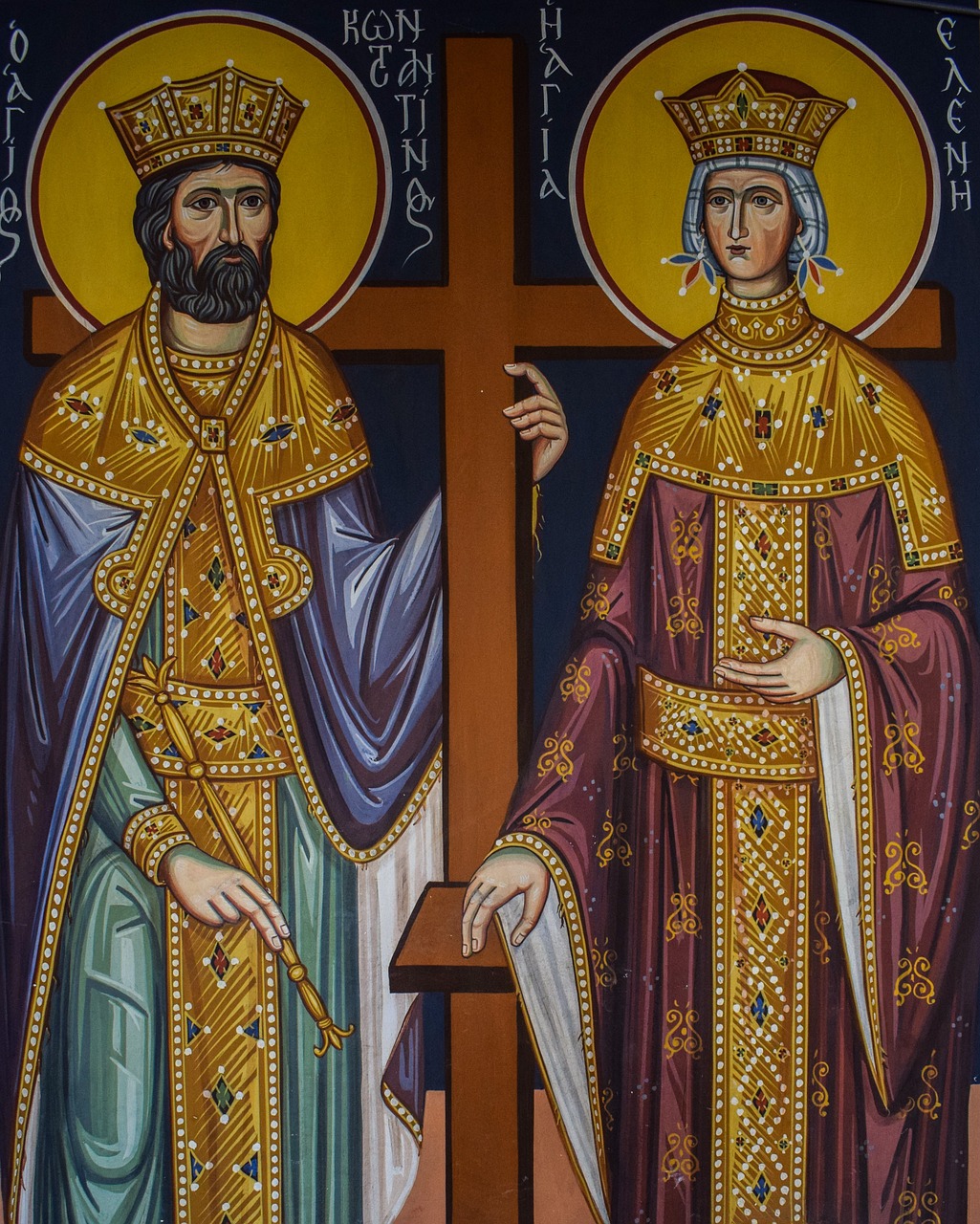
Asia Minor Greeks
Asia Minor was extremely important for the Byzantine Empire.
The Roman Emperor, Constantine the Great's formal conversion to Christianity was in 312.
In 313 Constantine and Licinius co-authored the Edict of Milan that granted official toleration to Christians in the Roman Empire announcing "that it was proper that the Christians and all others should have liberty to follow that mode of religion which to each of them appeared best".
Constantine established the Greek city of Byzantium in Asia Minor, as the second capital of the Roman Empire on May 11, 330 AD.
Byzantium however, became famous as Constantinople and capital of the first Orthodox, Christian Empire - the Byzantine Empire.
Constantine the Great was baptized on his deathbed by the Arian Bishop, Eusebius of Nicomedia (Greek: Εὐσέβιος - (Archbishop of Constantinople) in 337.
Constantinople developed independently and, when Rome fell to Germanic invaders, the Ostrogoths in 476 AD, the Byzantine Empire became known as "The Empire of the Greeks" because its people were Greek, their language and culture was Greek and they wanted to preserve their ancient Hellenic heritage.
Asia Minor Greeks
Helene
Helene (249 - 329), the mother of the Roman Emperor, Constantine the Great was born in Drepanon, Bithynia in Asia Minor to a humble Greek family.
She was a common Greek girl who became Empress of the Roman Empire and a Saint (her son Constantine the Great is also venerated as a Saint) of the Orthodox Church.
The Feast Day of Saints Constantine and Helene is celebrated on May 21 by the Greek Orthodox Church.
She married Constantius I who was a Roman Emperor from 305 to 306 and founder of the Constantinian dynasty.
Helene was the first Christian pilgrim to the Holy Land.
She built churches on the sites of Christ’s Nativity (in Bethlehem) and Ascension (near Jerusalem) and is revered as the discoverer of the Cross upon which Jesus was Crucified.
Her son Constantine, renamed the city of Drepanon, in Asia Minor, his mother's birthplace, "Helenopolis" after her death around 330 to honor her.
Islam
Asia Minor Greeks
Islam was born in 610 AD through its founder, Muhammad.
By 632 AD, the Orthodox patriarchates of Antioch, Alexandria and Jerusalem was overrun and came under Muslim control.
On May 29, 1453, Constantinople, the Orthodox Christian capital was overwhelmingly besieged by the Muslim, Ottoman Turks from central Asia and the great Byzantine Empire ended.
Ezine Articles Author Link
Click on the Link Below

Newsletter Opt-in-Form
The Keen Traveler
Your second block of text...
Recent Articles
-
When all we Have is God
Dec 20, 25 04:21 AM
When all we have is God in times of loss hardship or loneliness God's Presence offers refuge, strength and a purpose for the future. -
Beauty of Christmas
Dec 11, 25 04:22 AM
The beauty of Christmas is the celebration of the real Christmas Story with the Birth of Jesus Christ, the Son of God, Who came to bring love, hope, and salvation to the world. -
Spiritual Treasures of Life
Nov 26, 25 04:44 AM
Spiritual treasures of life are internal riches that are more valuable and everlasting than material wealth.


